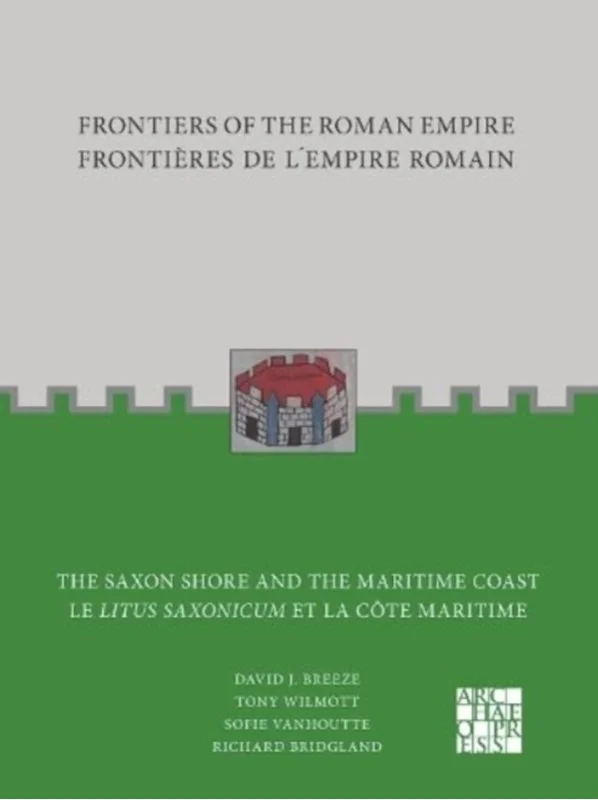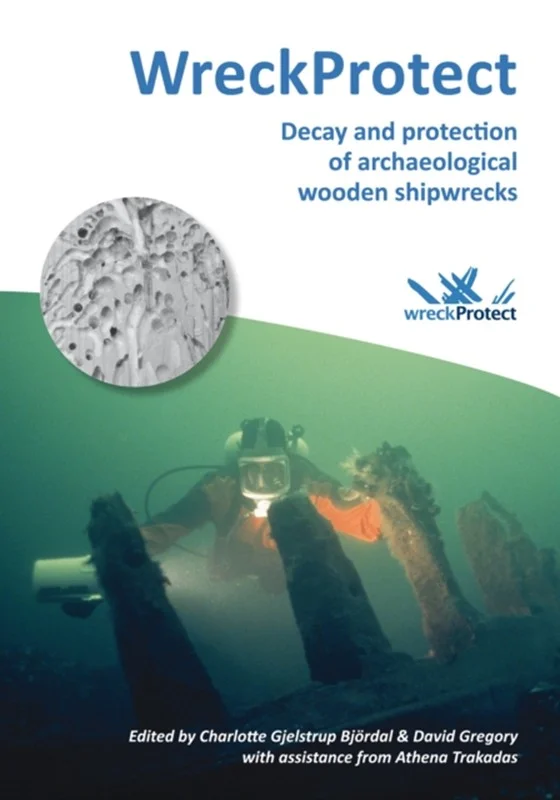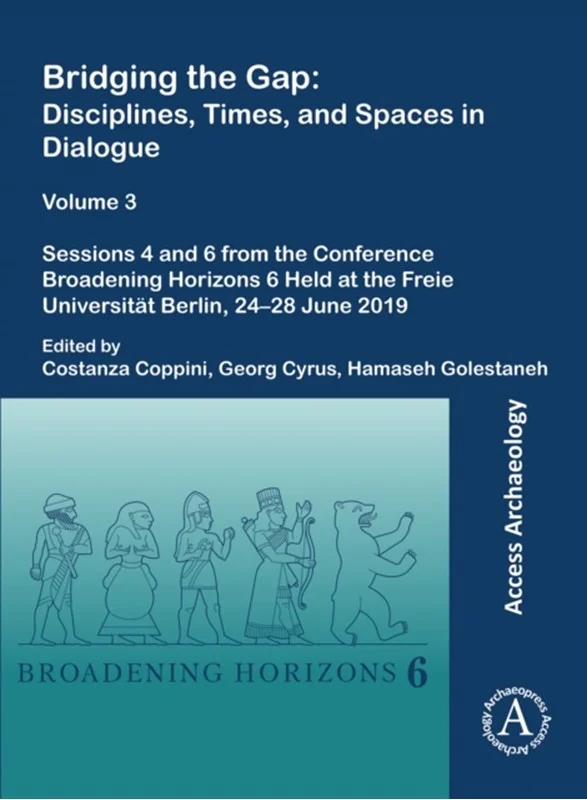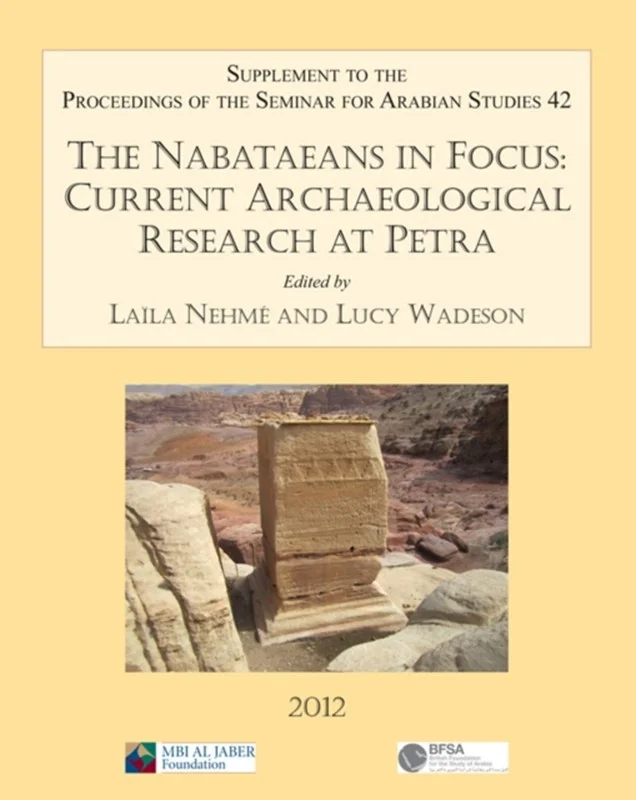Conversos, Power and the Intermediate Groups in Golden Age Spain - - Bog - Archaeopress - Booktok.dk
Most recent studies have revealed the existence of a huge social mobility in Spain in the 16th and 17th centuries, despite what had been believed according to the previous historiographical consensus. The archive research carried out by various specialists –and above all by Dr. Enrique Soria Mesa and his team– has been decisive in this discovery. Therefore, since the last two decades, the existence of a system based on great mobility has been established as a new historiographical paradigma. The newly discovered system, however, kept intact the appearance of eternity and statism that the current ideological order required to perpetuate itself. However, not all this social progression was aimed directly and quickly towards the achievement of the integration within the nobility. Quite often, under the mask of the aristocratic or noble appearances, impressive artisanal and mercantile activities were developed along extensive periods. Those activities were in fact closely related with the economic boost that for more than a century converted a large part of Spain –Andalusia among them– into a first-rate economic power. This book aims to rescue the history of a powerful intermediate category –formerly referred to as bourgeoisie–, that we have been detecting in our research in national and local archives for more than twenty years. Based on that evidence, we prefer to use here the term mesocracy since all these groups occupied intermediate spaces of power while they slowly tried to move upwards in the social ladder. A movement developed by resorting to long-term family strategies that created sagas of officials that ranged from middle municipal positions (jurados or jurors) to public notaries, also including merchants, artisans, doctors, and lawyers. In addition, in all these groups we noticed a very relevant presence of Jewish-converts –the conversos–, since it was there where the descendants of Hebrews settled professionally, thus achieving not only socioeconomic success but also definitive assimilation, despite the repressive effects of the Inquisition and the racist rejection of blood purity statutes. Therefore, the long term chronology, before and after the time under our scrutiny, in which we incardinate our study would be that: a fall from prominent power status in many cities of Castile in the 15th century for most of the Jews and conversos, followed by a slow recovery using a variety of means (such as institutional minor positions –like the jurors in the city councils–, professional associations –merchant guilds, for instance– or some relevant professions –doctors, notaries or prominent servants of the aristocracy–) in the 16th and 17th centuries, ending up in a period of blur and oblivion in the 18th century. We focus on the time corresponding to the Early Modern times, in which for many conversos the mesocratic stages seem to have performed as an acceptable, though discrete, solution. Nonetheless, we don’t want to give nothing for granted, so when posisble we will check the importance of the converso condition within the groups under study. All seven contributions are based on a great variety of primary sources; all together allow us to speak of a massive number of documents as the solid basis for the book’s claims.
























